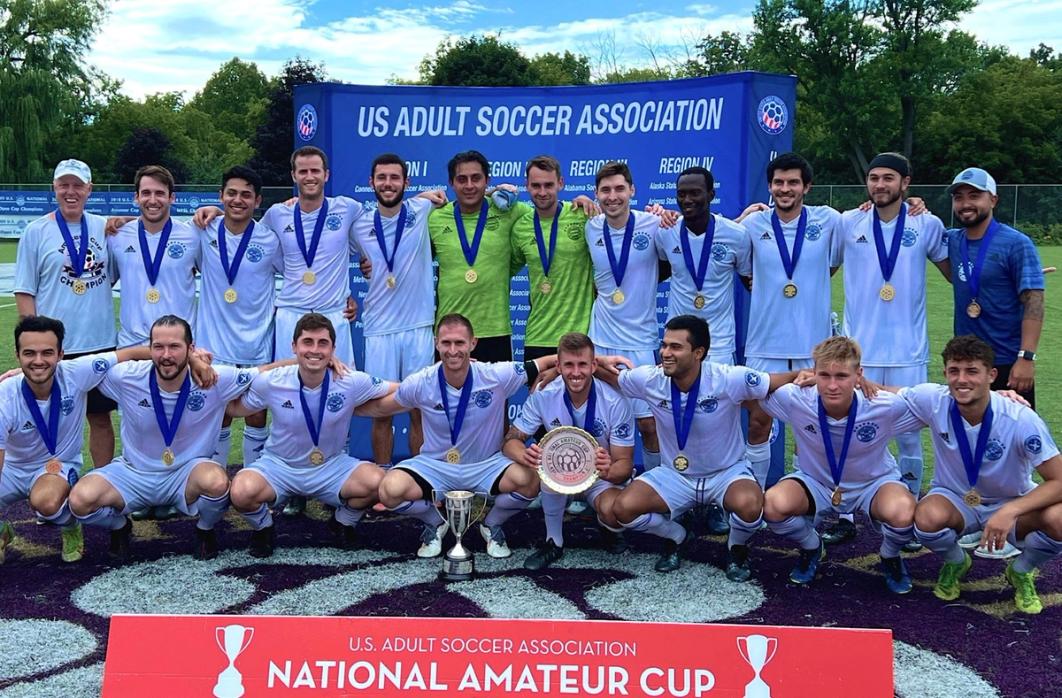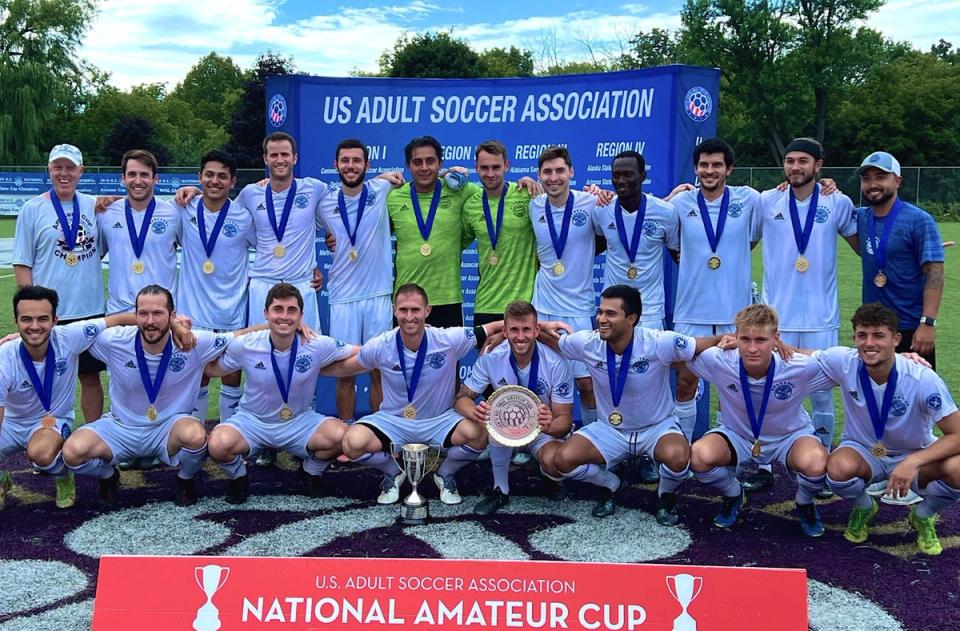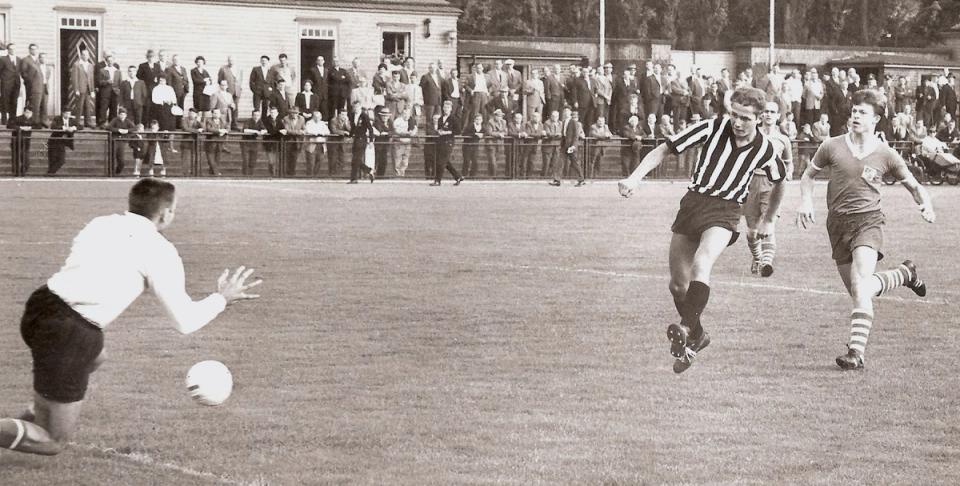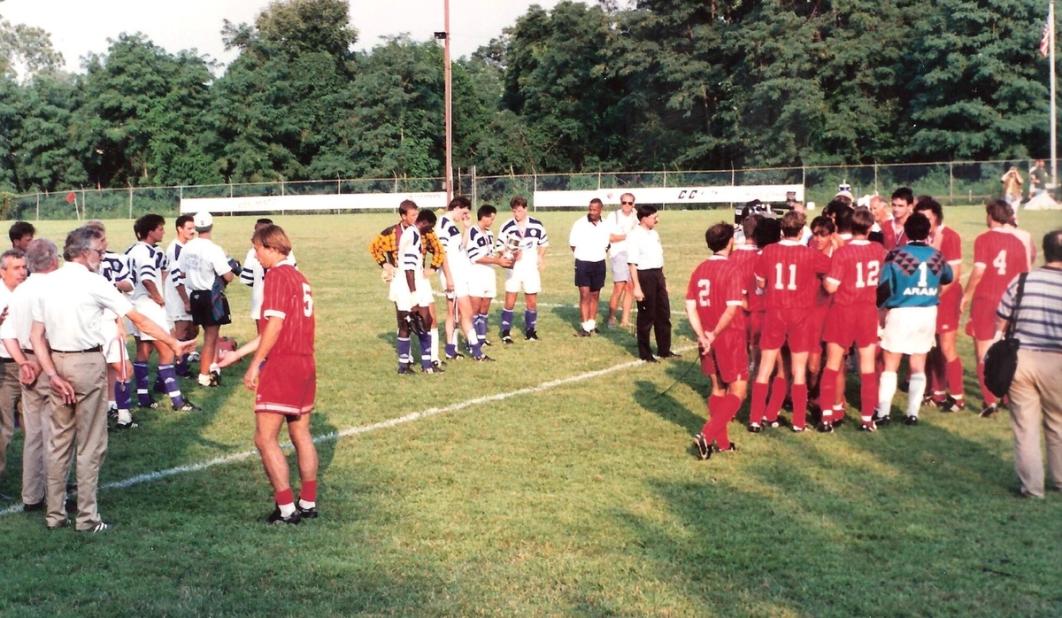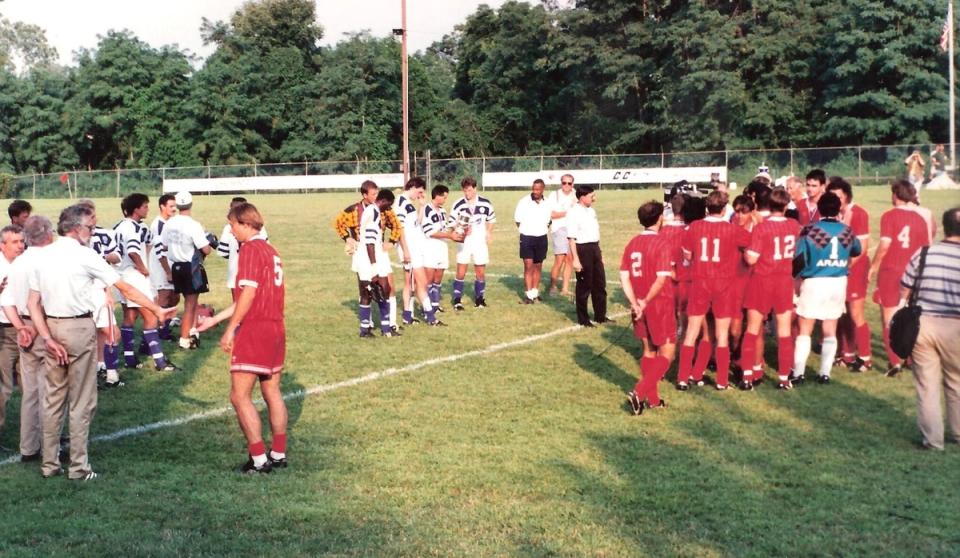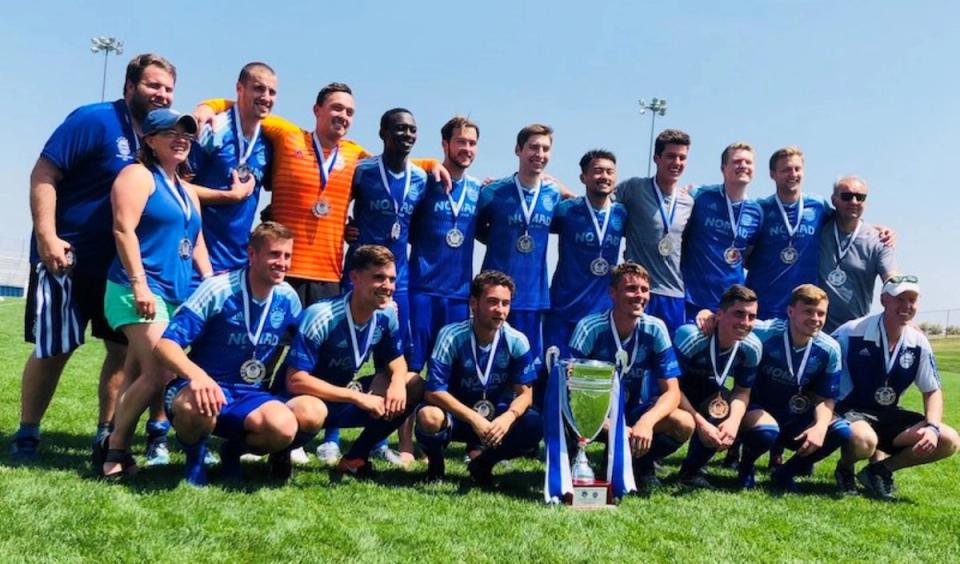The Bavarians: Old & New Worlds United in Milwaukee
Bavarians United, the former Open Cup runners-up out of Milwaukee, Wisconsin, are back in the Tournament Proper for 2023 after lifting yet another National Amateur Cup